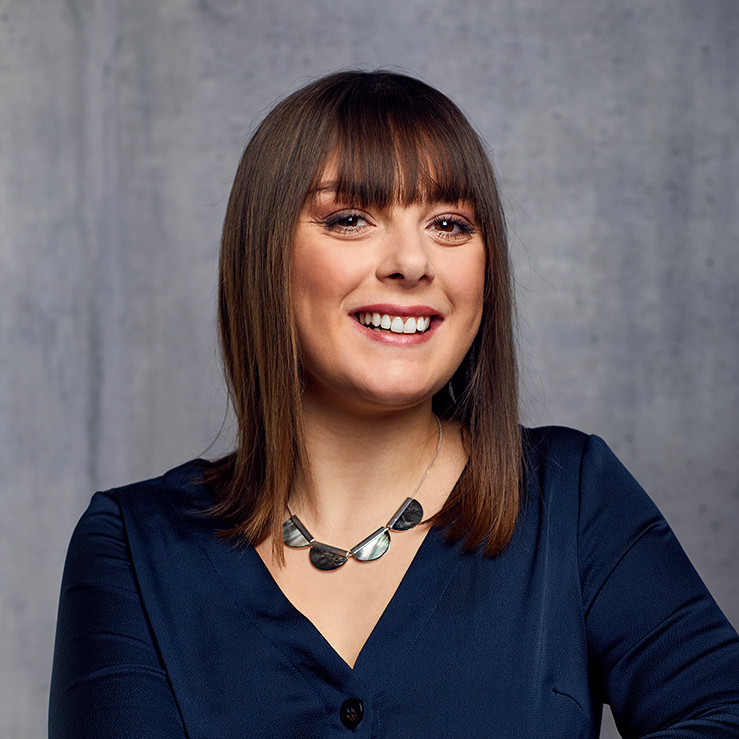In European funded projects, the journey begins with proposal writing. Based on their expertise and knowledge, partners try to submit a competitive proposal with a high impact and meaningful contribution to the challenges and political priorities of the Union.
In the work package for Dissemination and Communication (D&C) every project builds its short, medium and long-term strategy showing to the EC that indeed the consortium is ready to win the battle: their results will be beneficial for Europe and its citizens and the overall project will be able to transfer this knowledge and achievements to other future projects, initiatives and regions.
In short, the project must secure its sustainability and long-lasting impact in order to be funded. And how do we do this? By doing something which is often underrated: clearly defining the project’s target audience.
What is the target audience?
As we mentioned before, an EU-funded project should focus on the main priorities of the EC but also benefit the EU citizens as a whole or a specific group of people. One of the jobs of the D&C Work Package leader is first to identify who those citizens or groups are. That will be the target audience of the project.
Let’s discover what this term means.
A target audience is a group of people defined by certain demographics and behaviour. Often, businesses use what they know about their target audience to create user personas.
Finding a target audience means discovering what kind of people are most likely to be interested in your service or product. Most companies look at demographic information like:
- Gender
- Age
- Profession
- Location
- Income or education level
- Marital status
All those information will help companies to set up a highly-targeted campaign to maximize their profit and sell their products.
Did you ever notice that by searching a product you get a perfect ad for you with everything you ever wanted from a product? That company is performing a targeted campaign and you are the audience.
In the EU projects, the story is a bit different. The ultimate goal is not the profit but the impact and awareness. So, in our proposal we do not need to be so detailed. We mainly focus on gender, profession and location.
Let me show you an example from a running project:
The below screenshot shows our SPEAR project’s target audience as it was presented in the proposal stage.
To give you the context, SPEAR project aims to:
- increase the number of Research Performing Organisations (RPOs) with implemented Gender Equality Plans (GEPs),
- remove barriers and improving career prospects for women in academia and
- strengthen the gender dimension in research.
Based on these goals, we split the target groups into two categories: the main target groups (those directly benefitted by the project’s objectives) and the secondary target groups.
At proposal stage, partners should provide to the D&C leader their outreach capacity and connections from associations, NGOs, local and national authorities, SMEs, academia and research community etc. It’s important to keep in mind that the EC wants to see a multilevel approach – how your dissemination and communication efforts will reach and engage different -sectors of society, from the scientific community and policy makers to the general public.
Furthermore, the understanding of the needs of your target audience is not a static process. It evolves based on the project stage and this is the reason why sometimes, different communication tools and channels are chosen to reach different people. The target groups and the tools used to reach them can also be adjusted or reconsidered due to certain circumstances, such as the coronavirus outbreak.
In summary, your target audience should be your guide to set up an effective communication strategy because this strategy will convey your key messages and answer the problems of your audience.
All these topics will be discussed next Thursday, on the 25th with me and my colleague Aleksandra using two specific case studies, AQUA-LIT and BuildERS.
Join our webinar: “From consortium building to an effective communication strategy – comparing and contrasting two EU funded projects”.
Hope to see you there!




